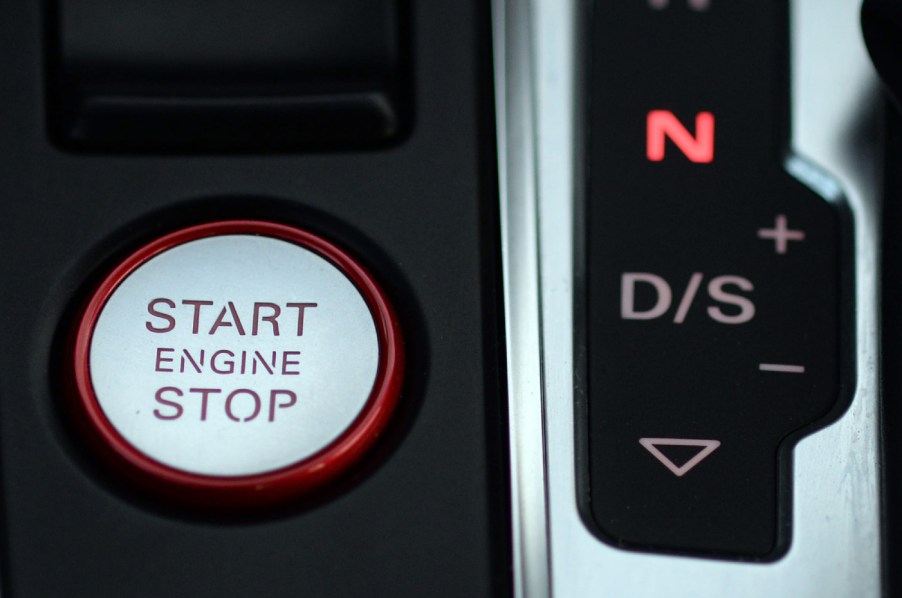
Idling a Car Engine for 10 Seconds Uses More Fuel than Stopping and Restarting
An interesting fact about a car engine idling in gasoline cars has been provided by the Office of Energy Efficiency & Renewable Energy. Using a 2011 Ford Fusion with a 2.5L four-cylinder engine, the experts put this sedan to the test. How was the fuel economy in this compact car impacted?
Idling a car engine uses more fuel than stopping and restarting the car

The Office of Energy Efficiency & Renewable Energy sends out a Fact of the Week that discusses vehicle technology and other vital issues. In this week’s Fact of the Week, the Office of Energy Efficiency investigated the topic of idling cars. Research indicated that idling an engine for 10 seconds can use as much fuel as stopping and restarting a car. Many modern vehicles have the stop/start feature to stop the car while sitting at a light temporarily. This is one of the significant benefits of a fuel-efficient new car.
Some people have pushed back on this feature, making the vehicle slower to respond when traffic starts. It also shuts off certain features temporarily, such as the air conditioning. Some argued that the start/stop feature was a pointless addition to new cars, but it seems that isn’t the case any longer.
The Office of Energy Efficiency & Renewable Energy found that idling for 10 seconds uses 11.3 cubic centimeters of fuel. Restarting the vehicle uses 10.2 cubic centimeters of fuel.
How much fuel is wasted while idling a car engine?

The Argonne National Laboratory did a deep dive into this Fact of the Week. Argonne National Laboratory is a U.S. Department of Energy laboratory. The lab wanted to discover the “greener” option: idling a car for 10 seconds or starting and stopping the car in that same time frame.
This argument stems from the idea of a drive-through. Is it more economical to stop the car, get out and go into the business than to use a drive-through? The argument has been that stopping and restarting a vehicle uses more fuel than just leaving the car idling. The Argonne National Laboratory put that to the test.
“Considering both fuel use and emissions, how long can you idle in a queue before impacts from idling are greater than they are for restarting? Fuel use and carbon dioxide emissions are always greater for idling over 10 seconds; the crossover times are found to vary by pollutant.”
A 2011 Ford Fusion sedan helped complete this study
The 2011 Ford Fusion had 175 hp engine that gets 23 mpg in the city, 33 mpg on the highway, and 26 mpg combined. “Emissions from restarting were larger, but at least an order of magnitude
lower than those from starting a cold engine,” the study showed. The Ford Fusion used more fuel and emitted more CO2 while idling than during an engine restart.
The study noted that this might not be the case in all situations. Extreme hot or cold weather conditions will certainly impact the amount of fuel used for either situation. In addition, older cars and diesel engines won’t always see the same results. In conclusion, idling a car engine for more than 10 seconds uses more fuel and emits more CO2 than stopping and restarting the engine.



